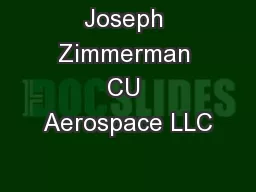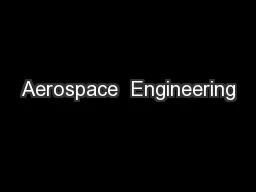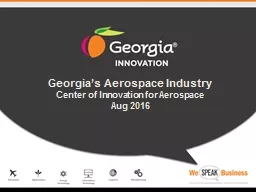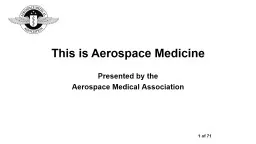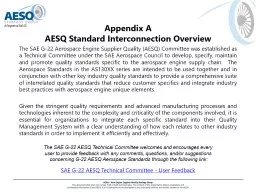PPT-Joseph Zimmerman CU Aerospace LLC
Author : aaron | Published Date : 2018-03-01
952017 Capstone Senior Design Project Ideas Summary Brief Company Overview Thermoelectric Waste Heat Recovery POETS Pulse Driver Circuit for Plasma Flow Control
Presentation Embed Code
Download Presentation
Download Presentation The PPT/PDF document "Joseph Zimmerman CU Aerospace LLC" is the property of its rightful owner. Permission is granted to download and print the materials on this website for personal, non-commercial use only, and to display it on your personal computer provided you do not modify the materials and that you retain all copyright notices contained in the materials. By downloading content from our website, you accept the terms of this agreement.
Joseph Zimmerman CU Aerospace LLC: Transcript
Download Rules Of Document
"Joseph Zimmerman CU Aerospace LLC"The content belongs to its owner. You may download and print it for personal use, without modification, and keep all copyright notices. By downloading, you agree to these terms.
Related Documents

